As an excellent excrement cat owner, in addition to taking care of the cat's eating and drinking, we must also not forget the daily cleaning and care work. In this way they will be clean, healthy and lovely.
Now I will talk about daily cleaning and care, including the following contents: eyes, nose, ears, teeth, chin, nails, and hair.

1. Eyes
The purpose: If you don't clean the cat's eye scum or feces, they will condense on the cat's eyes and it will be difficult to remove, and the cat's eye hair will also change color. We call this phenomenon "tear marks". Always observe the cat’s eye condition carefully and take care of it.
Tools: human makeup remover cotton/cotton
Method: You can use cotton or makeup remover cotton to soak in saline and gently wipe it from the corner of the eye to the corner of the eye. For the brown hard secretion, we can wipe it back and forth several times to soften the secretion. Don't pick it with your hands to avoid hurting your cat with your nails.
Frequency: Deal with it according to the situation. you can leave it when it is clean.
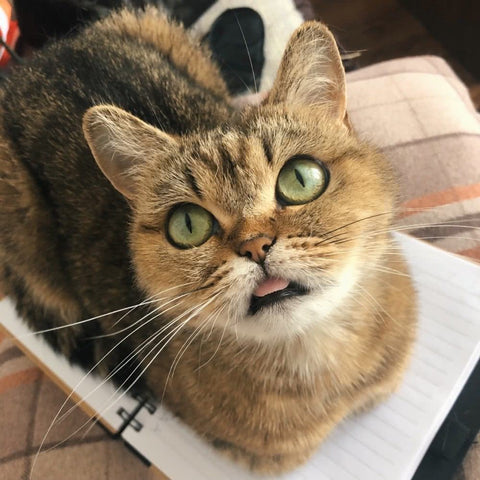
2. Nose
The purpose: Some black nasal excrement may occasionally stick to the cat's nasal cavity, which is formed by the combination of tears from the eyes and the dust in the air after the tears from the eyes flow to the nose. If not cleaned for a long time, these secretions will block the cat's nasal cavity, affect the cat's sense of smell, and then affect the appetite. If the cat’s nasal cavity secretes yellow-green viscous secretions, the cat may have an upper respiratory tract infection and need to be sent to a doctor for treatment.
Tools: human makeup remover cotton/cotton
Method: Use cotton or makeup remover cotton to soak in saline and wipe gently. Don't pick it with your hands to avoid hurting your cat with your nails.
Frequency: Deal with it according to the situation. you can leave it when it is clean.
Supplementary note: If you are raising flat-nose cats such as Persian and exotic shorthair (Garfield), you need to pay more attention to the care and cleaning of the nasal cavity.
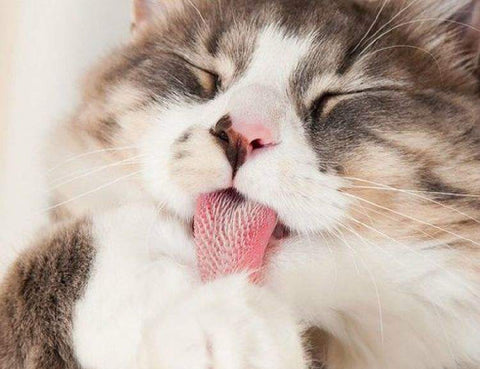
3. Ears
The purpose: Normally, cats’ ears are relatively clean, but cleaning is indispensable. Pay attention to confirm whether the inside of the ear is black and there is no dirt, and it needs to be cleaned up in time to avoid evolving into ear diseases.
Tool:
1. Human makeup remover cotton/cotton
2. Cotton swabs for babies (cannot be used for medical purposes or the conventional ones because they are too hard)
3. Ear drops
Method:
1. Open the cat’s ears and take a look. If it is clean, add 3-4 drops of ear drops to the cat’s ears and rub it for a while, and then the cat can shake it out by itself.
2. In the case of dirty things, put in ear drops to soften them first, and then wipe them clean with cleaning tools.
Frequency: Ear drops once every two weeks if they are clean; it is recommended to clean every day if there is dirt.
Supplementary note:
1. If the cat scratches its ears frequently, pay attention to the very dirty ears or the smell, itching, injury and suppuration in the ears. Take the cat to the hospital as soon as possible. If treatment is delayed or not taken, common ear diseases can easily develop into otitis media or even inner otitis.
2. If it is ear mites, it is necessary to use special medicine if it is not clean.
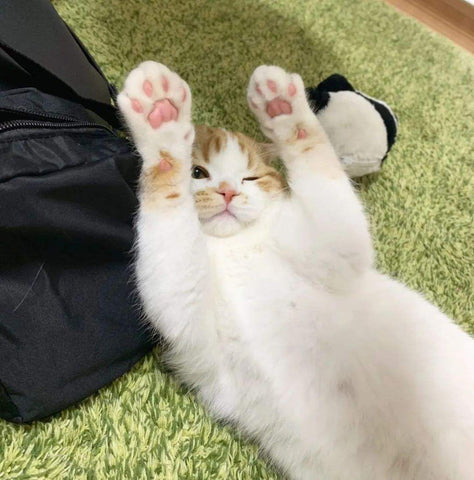
4. Teeth
The purpose: cats cannot take care of their teeth. The food residues after eating every day will attach to the surface of the teeth and produce tartar. If the tartar is ignored, it will form tartar, and it may also cause inflammation of the gums and the tooth must be extracted. Dental calculus can be cleaned by the pet hospital. It is best for us to focus on prevention by brushing our teeth, which is a part that many cat owners ignore.
Tools: Pet toothpaste (can be swallowed), pet toothbrush/gauze/finger cots (for cleaning teeth)
Method:
1. Squeeze toothpaste on the toothbrush and let the cat get used to the smell first.
2. Brush back and forth along the vertical direction of the cat's teeth.
3. The posterior molars are prone to food residue. When brushing your teeth, pay more attention to cleaning the posterior molars.
4. Check the cat’s gums and teeth for food residues.
Frequency: Once a week.
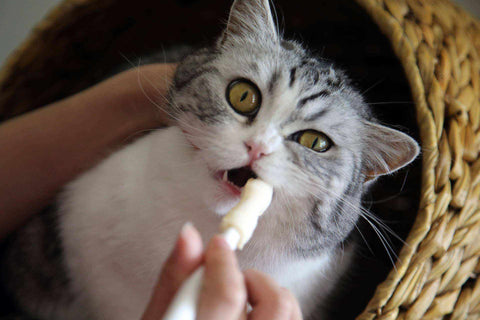
5. Chin
The purpose: Cats will stick food residues and grease on their chins after eating, but they can't completely clean them out in the self-cleaning action, so we need to help clean them. Failure to clean in time will cause bacteria to grow, and over time may induce folliculitis (black chin)
Tools: human makeup remover cotton/cotton/pet wipes
Method: Moisten the cotton, wipe along the direction of hair growth on the chin, and gently wipe off food residues or acne.
Frequency: Clean up every day depending on the situation.
Supplementary note: It is best to buy cat food bowls with an oblique mouth and a non-flat bottom, so that when the cat eats the bottom cat food, the chin will not be against the bottom of the bowl.
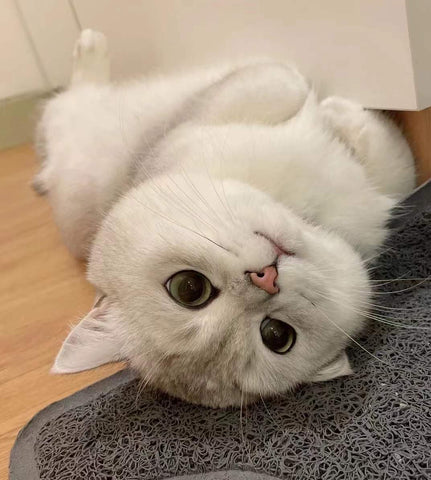
6. Nail trimming
The purpose: Cats have long nails, which will not only scratch the wall or furniture, but also break the toenail, and even cause the broken nail to fall into the fleshy ball and cause inflammation. It can be prevented by cutting toenails regularly, and it can also prevent people from being scratched.
Tools: Nail Scissors
Method: The cat’s paw is translucent, and pink blood vessels can be seen. When we cut it, just cut it to 2-3 mm in front of the blood vessel. Be careful not to cut the blood vessels.
Frequency: It is recommended to cut once a week.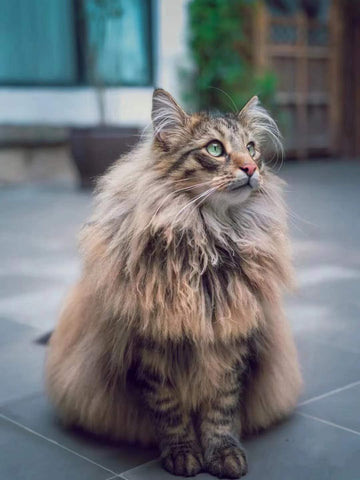
7. Hair combing
The purpose: Regular grooming can help cats maintain a clean and healthy body, remove dirt and hair loss; reduce the amount of hair the cat eats into the belly when grooming, avoid causing stomach burden or diseases such as trichomes; it can avoid hair Knotting; increase the chance of touching the cat's body, and can detect abnormalities in the hair and skin.
Tool: Cat comb
Method: Comb from the cat's head along the direction of hair growth. Pay attention not to be too fast or too strong. If there is a knot in the cat's hair, be sure to separate it gently, or pinch the cat's hair with one hand and comb it with the other hand. When the cat ran away during grooming, it usually means that the force is too strong and it feels uncomfortable.
Frequency: once a day is recommended. Less hair loss can be extended appropriately.
Tips: When we do daily care for cats, we must follow a principle of doing it when the cat is comfortable, such as proactively lying next to us, or when the cat is drowsy.




























